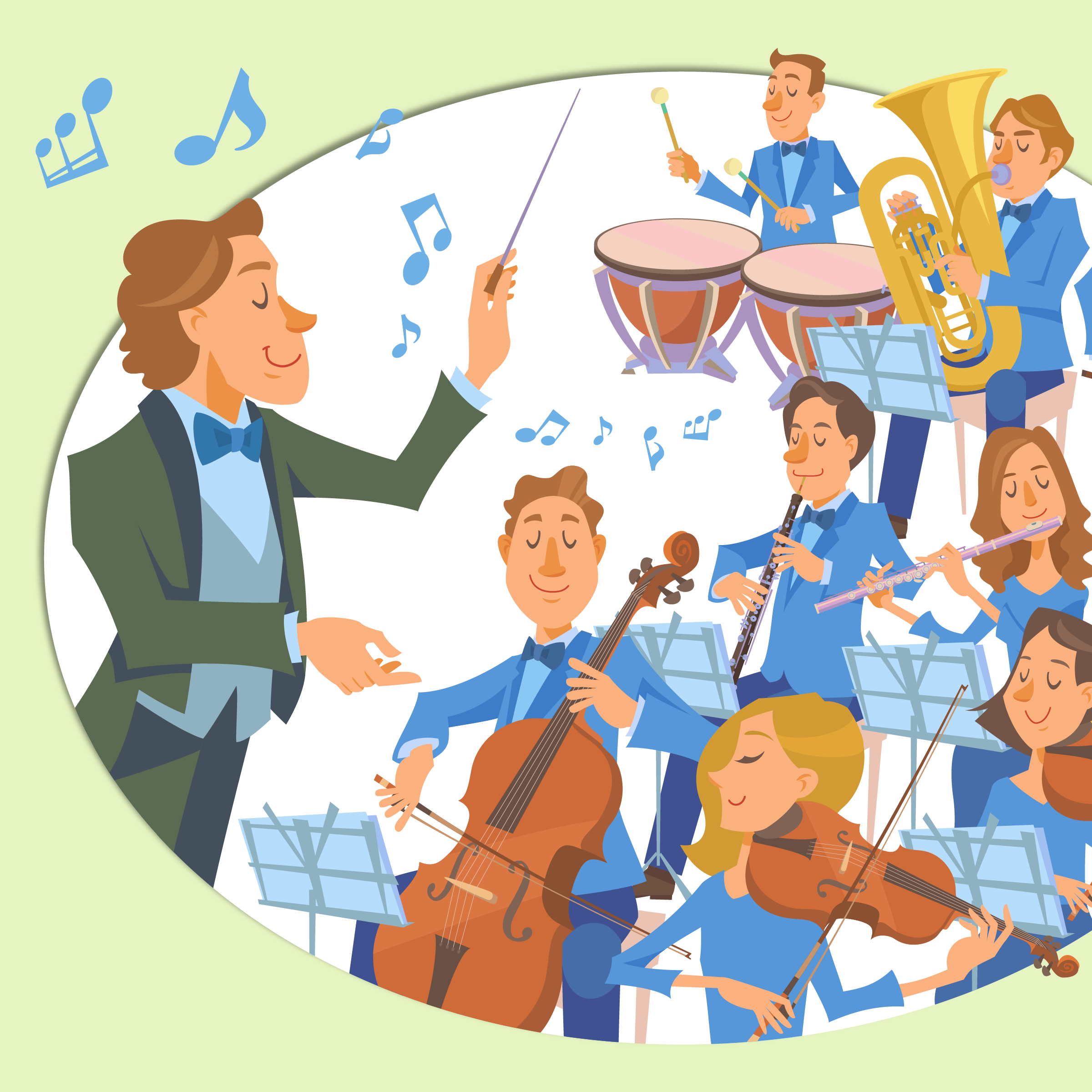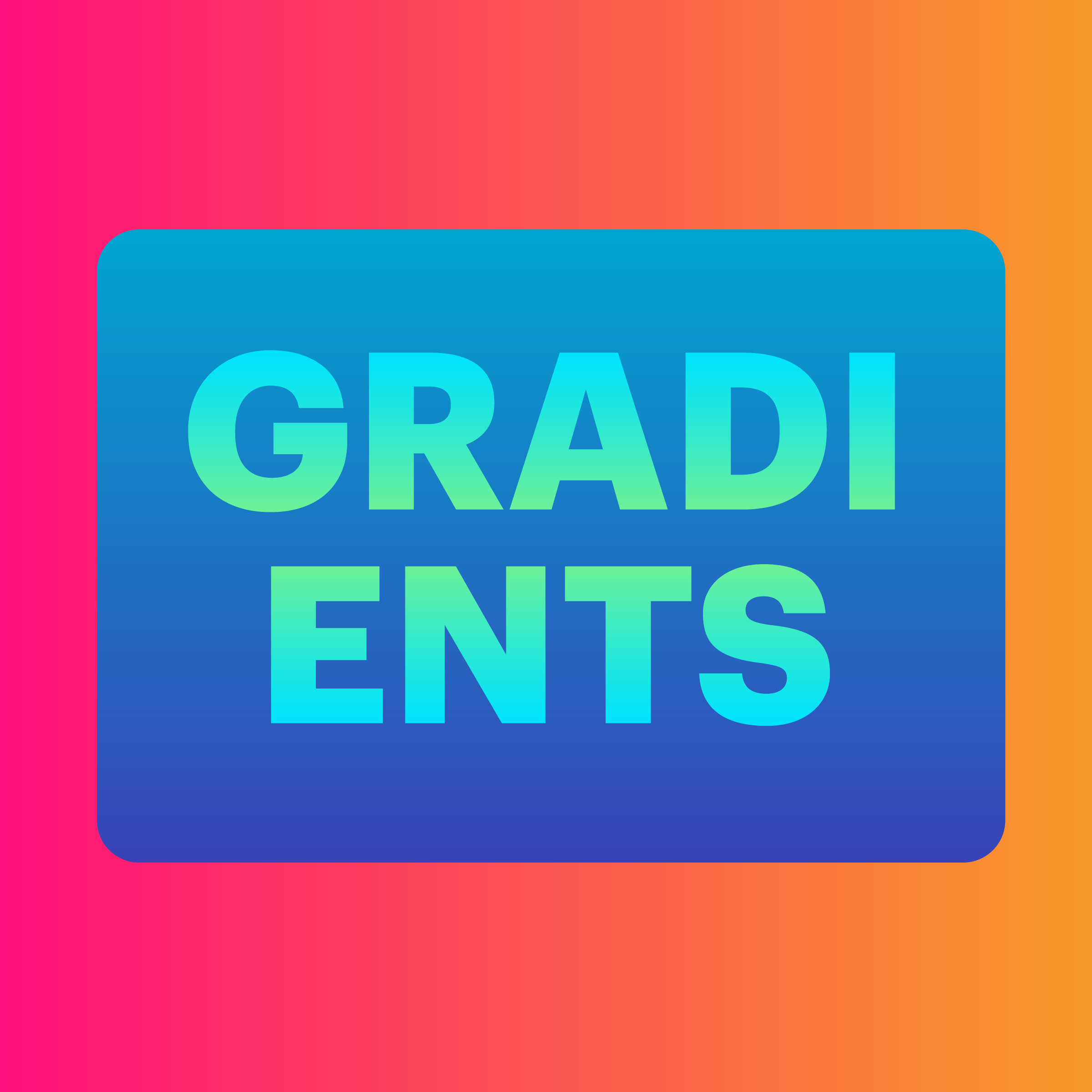What Is HEIC?
HEIC stands for High Efficiency Image Container. It is based on HEIF, High Efficiency Image Format and use HEVC — High Efficiency Video Coding — to compress the photo to 50% of a JPEG.
If you own a newer iPhone and frequently use its impressive cameras, you might have noticed that the pictures do not use JPG (JPEG) as their file extension but HEIC.
What Does HEIC Stand For?
HEIC - usually pronounced as single letters - stands for High Efficiency Image Container. As its name suggests, a HEIC-formatted file is a container that can hold multiple pictures. Apple uses this feature for Live Photos, for example. Think of Live Photos as mini videos that capture the moments before and after you take an image, including the audio. That's where HEIC-formatted files become handy. They can bundle a series of photos into a single file, the HEIC container, and compress them to a smaller size.
What Makes a HEIF a HEIC?
HEIF means High Efficiency Image Format. HEIF is a container format that can store single images and sequences encoded with different algorithms (codecs). HEIF files that contain images using High Efficiency Video Coding (HEVC) are called HEIC. As Apple encodes the iPhone images with the HEVC codec, they carry the file extension HEIC.
Why HEIC Tops JPEG
HEIC-formatted files have five main advantages over similar JPEG-formatted images:
They can store multiple images in a single file;
They have a much smaller file size (up to 50% smaller than JPEGs);
They keep the original picture quality, unlike JPEGs that degrade it;
They support 16-bit colors per channel compared to 8-bit colors in JPEGs. Apple uses 10-bit colors;
They support image transparency similar to PNGs.
Unfortunately, HEIC-formatted files have two compatibility-related drawbacks:
Lack of HEIC adoption outside Apple's ecosystem. Although Apple has used the standard since the release of iOS 11 and macOS Sierra (10.13) in 2017, some software developers might still not support it. While Adobe Lightroom and Photoshop support the HEIC/HEIF standard on Apple devices, it's a little more complicated on Microsoft Windows. Before you can open HEIC-formatted files with Lightroom and Photoshop on Windows, you must upgrade to Windows 10 version 18.09 or later and install the HEIF Image Extensions support tool and the HEVC Video Extensions tool from the Microsoft Store.
Lack of web browser support for HEIC-formatted files. Currently, no web browser supports HEIC-formatted files. To use an image on the web, you must first convert it to JPEG or PNG.
How to Convert HEIC to JPEG or PNG
If you are a photographer, the easiest way to convert HEIC-formatted files is to export or save them as JPG/JPEG or PNG with Adobe Photoshop or Lightroom after you finish retouching them.
You can also use Apple Preview (File>Export) to convert a HEIC-formatted image to JPEG, PNG, and others.
Will HEIC Replace JPEG?
With Apple's weight behind the HEIC format, there is a good chance of HEIC replacing JPEG in the future.
However, other standards could also emerge.
In fact, there is a format that competes with HEIC. It is called AVIF, short for AV1 Image File Format. Unlike HEIC, all major web browsers support AVIF-formatted images giving it a significant advantage. Interestingly, HEIC and AVIF use the same HEIF standard and differ only in their codec, HEVC, in the case of HEIC, and AV1 for AVIF.
May the better one prevail.











